How to choose your wedding rings-Handcrafted wedding bands
We’re not talking about the entertainment side of the nuptials. Although we could possibly recommend some good tracks to be played at the reception.
Once the excitement of the engagement has settled, you and your partner will need to shop for wedding rings. If you have an engagement ring, you will want a band that will fit perfectly and complement your setting.
Remember that your choices are governed by comfort, durability and meaning.
You use your hands all day: in and out of water, they get hot and swollen, cold and shrivelled, while you’re cooking, cleaning or gardening. You’re going to want a wedding ring that feels like it’s a part of you:
- It should have no sharp edges that catch.
- The wider the ring, the more moisture will be trapped underneath. For more sensitive folk, this can cause eczema.
- The metal choice needs to suit the wearer, as well as their skin tone.
- Wood and enamel are not good choices. Consider what happens to wooden furniture when it’s out in the elements; and enamel is glass.
- Consider your career and whether you will take your jewellery off at work;in this case, it will open up more options.
- Think colour! Which colour do you like; what suits your hands? Different metals look different.
Durability or wearability
Different metals have different properties (a mix of alloys) , and this affects their wearability.
All white metals and yellow gold metals with a cartage above 9ct (37.5% pure gold), behave in a similar way; they are malleable.This makes them strong but not scratch resistant (people often think 9ct yellow gold is strong. However, it’s not strong. It’s hard, so it is scratch resistant but it has no ‘give’. Let’s explain it like this: if you had a cog of silver and a cog of 9ct yellow gold, spinning around, the silver would wear away the 9ct yellow gold as the silver is ‘stickier’so it clings to itself.)
Platinum(95% pure platinum) is a blue/white metal, and much more dense than gold and silver. It is a good choice for claw settings. Once the stone has been set correctly, the claw will maintain its strength .A word of caution though: be wary of doing a ‘chunky’ setting in platinum as the cost can spiral very quickly.
18ct white gold ( 75 % pure gold) is gunmetal grey and suits very particular designs.
9ct white gold can have a tinge of yellow.
A lot of manufacturers use a method of rhodium plating on the white gold. The problem is that the plating wears away and it becomes a high maintenance ring.Our suggestion is to choose the metal you like,which suits you and your design. There is no sense in making something in a metal and then covering it up.
Silver ( 92.5 % pure silver) is a chalking white metal that tarnishes easily. It’s not a good idea if you are a swimmer and regularly train in a chlorinated pool; your ring will turn black and it’ll need constant polishing.
18ct yellow gold has a rich yellow hue.
9ct yellow gold is paler in colour, but a good practical choice if you want a plain hard-wearing wedding band that can withstand some scratching.
Red and rose golds are very in vogue right now. The metal was often used in antique jewellery designs, so people tend to think of it as antique rose gold. Yet, it is just a recipe; the red golds have a higher copper content. It’s not really a metal to use in claw-type settings as it can have terrible porosity issues which will compromise the strength. However, it can be a delightful metal to use for many other pieces, such as settings and in handmade chains.
Meaning
Wedding bands are for two individuals. As such, wedding band sets can be identical, or connected on some level. Here are a few suggestions:
- Two identical rings can have an engraving that is done across the two rings; each person wears half, and the design is complete only when the two rings are together.
- The rings can have a specific design, as in the yin and yang symbol.
- They can be the same, but inverted, shape.
- One ring can have onlays, while the other one has inlays.
- The rings could be engraved on the inside: with a name and date, a symbol or a saying that is meaningful to the two individuals.
If you’ve always dreamed of something unique for your wedding rings, or a really interesting bespoke wedding ring, chat to your jeweller about the design you’ve envisaged. You need to approach the meeting with an idea of the setting; the stone or stones if you wish to include these; and the metal you have chosen. Perhaps you do have a family stone that you’d like to include in the setting. Discuss all these aspects as your jeweller is a trained artisan who will bring these ideas to life, first in a drawing and then in your very own custom-made ring.

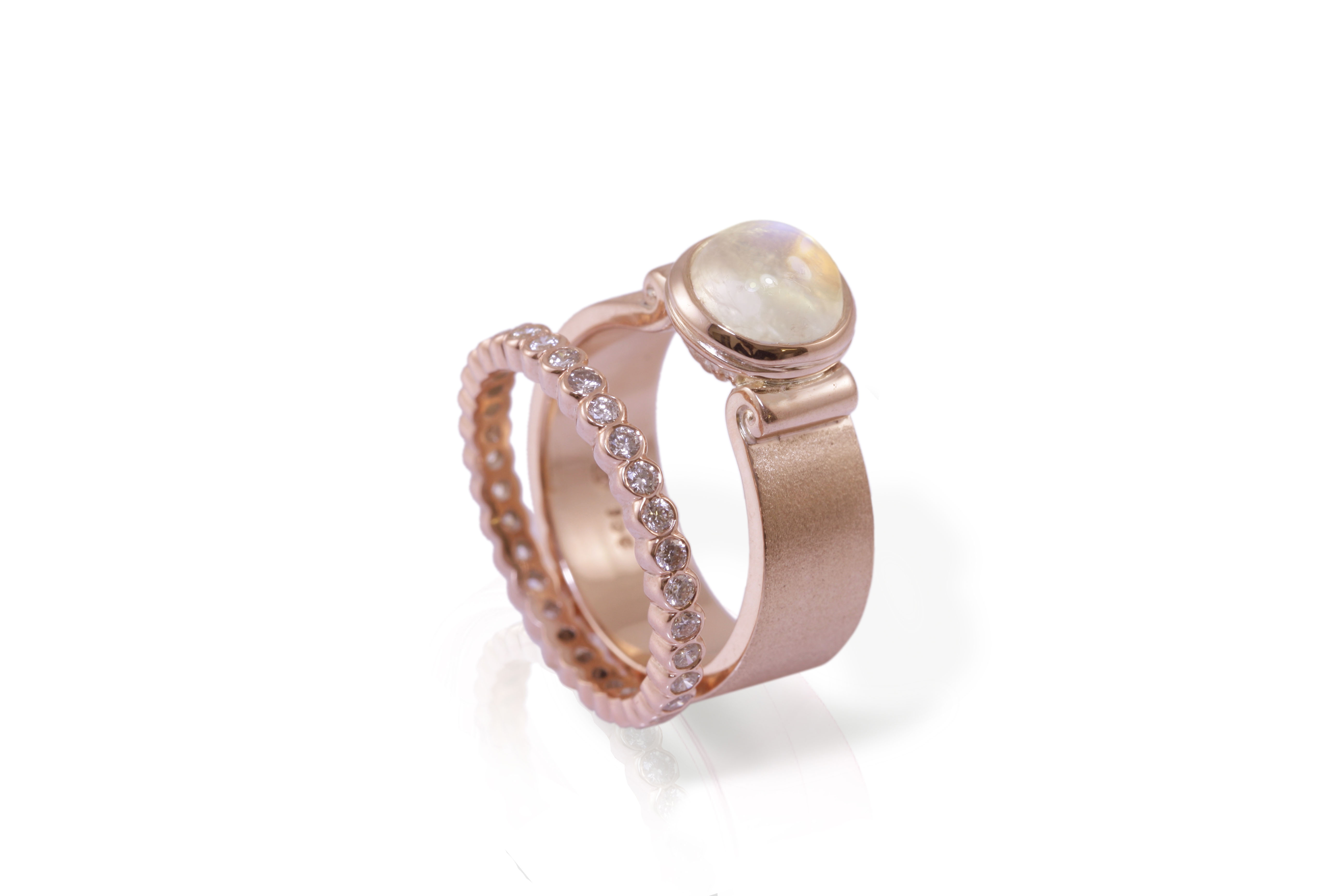
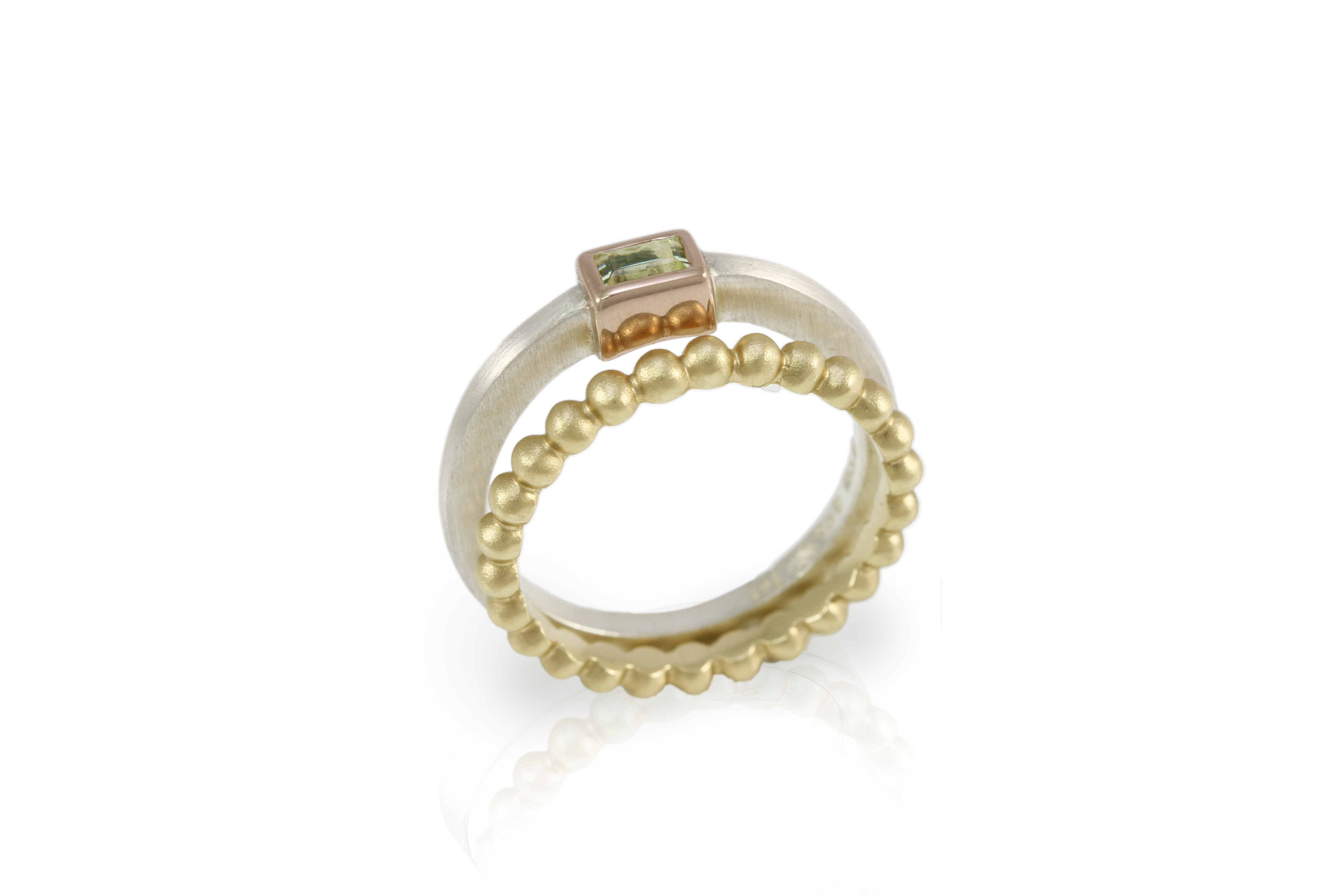
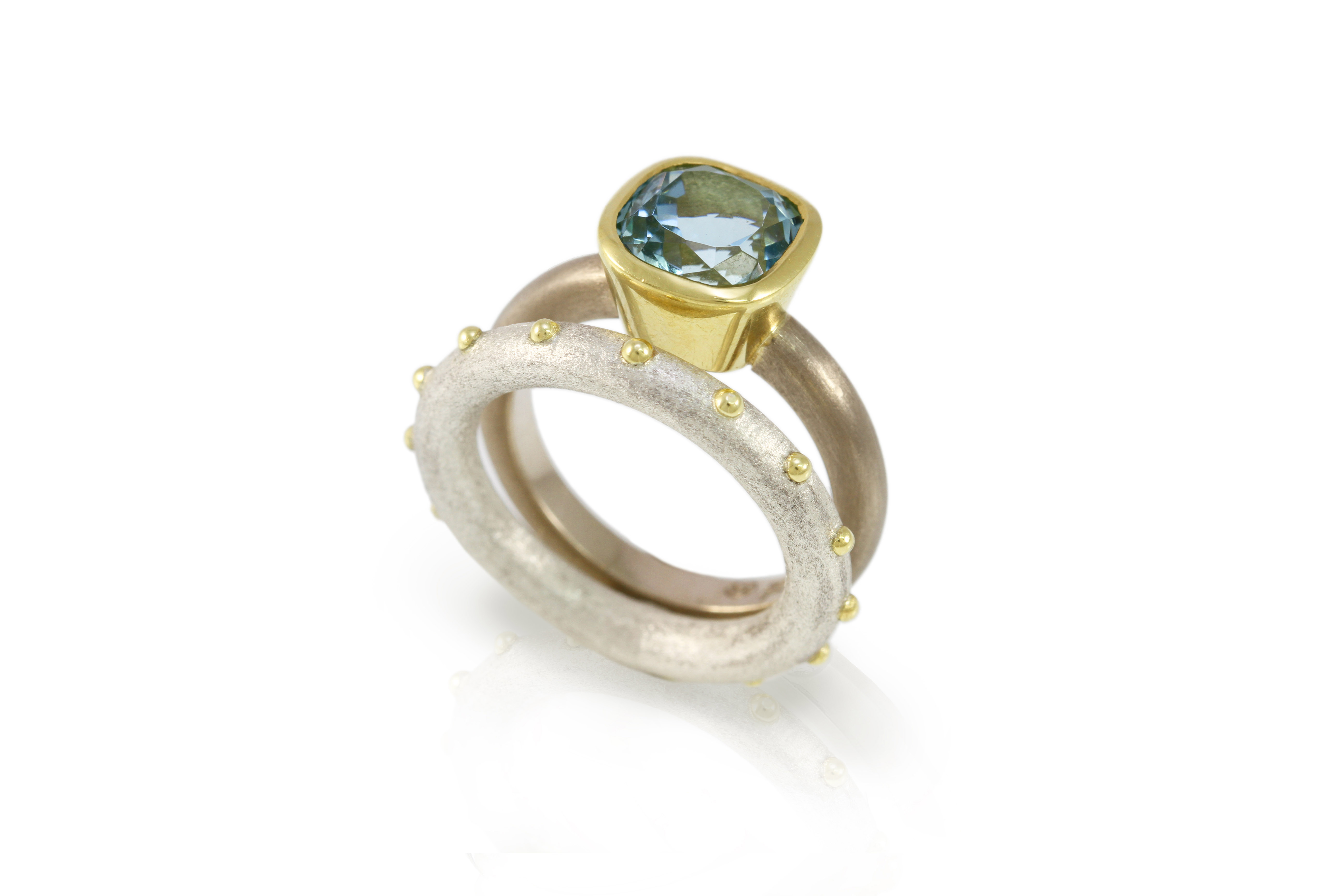
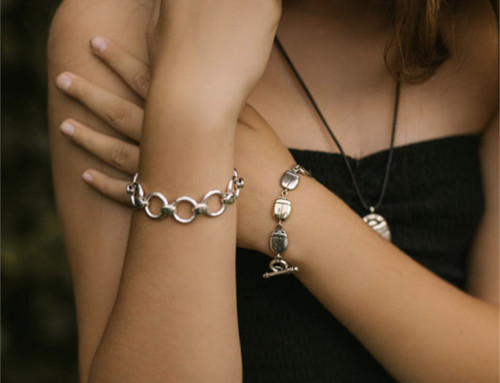
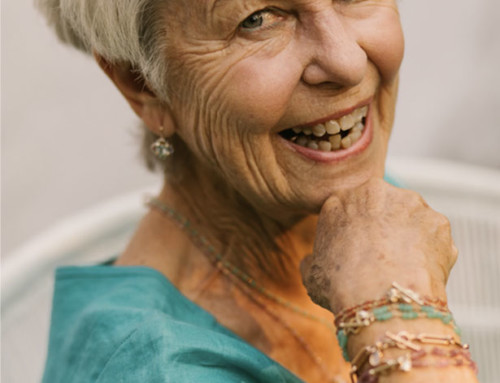
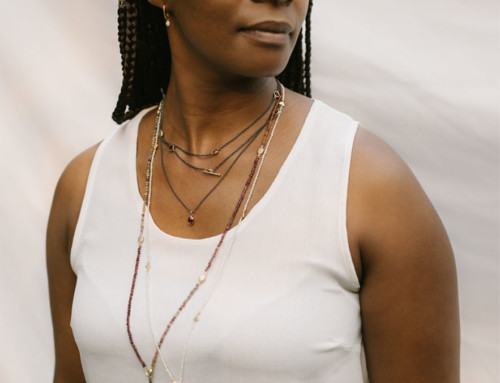

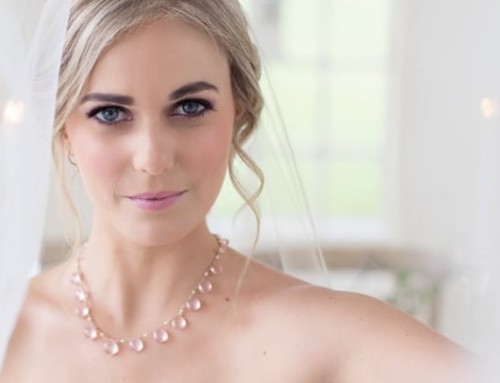
Leave A Comment